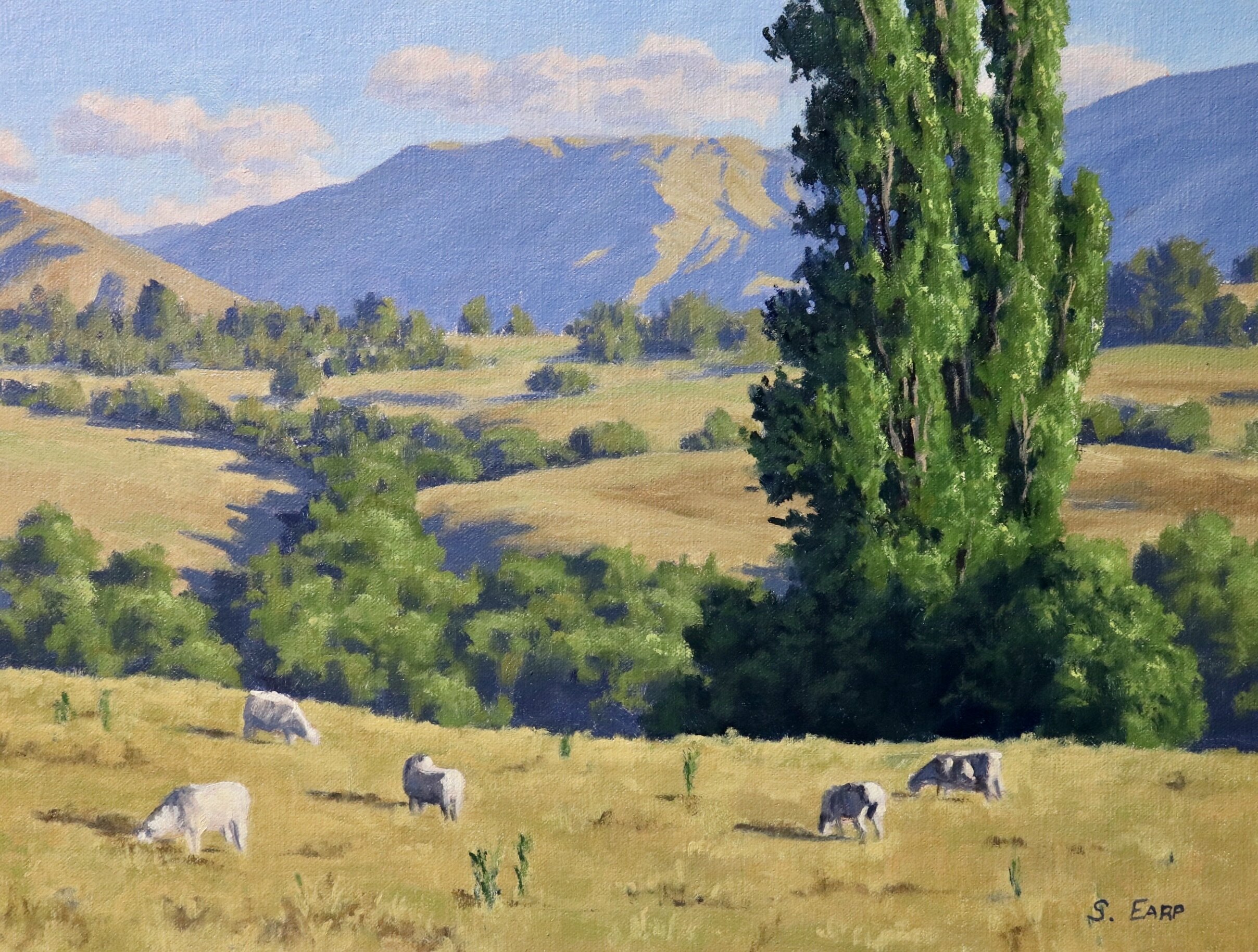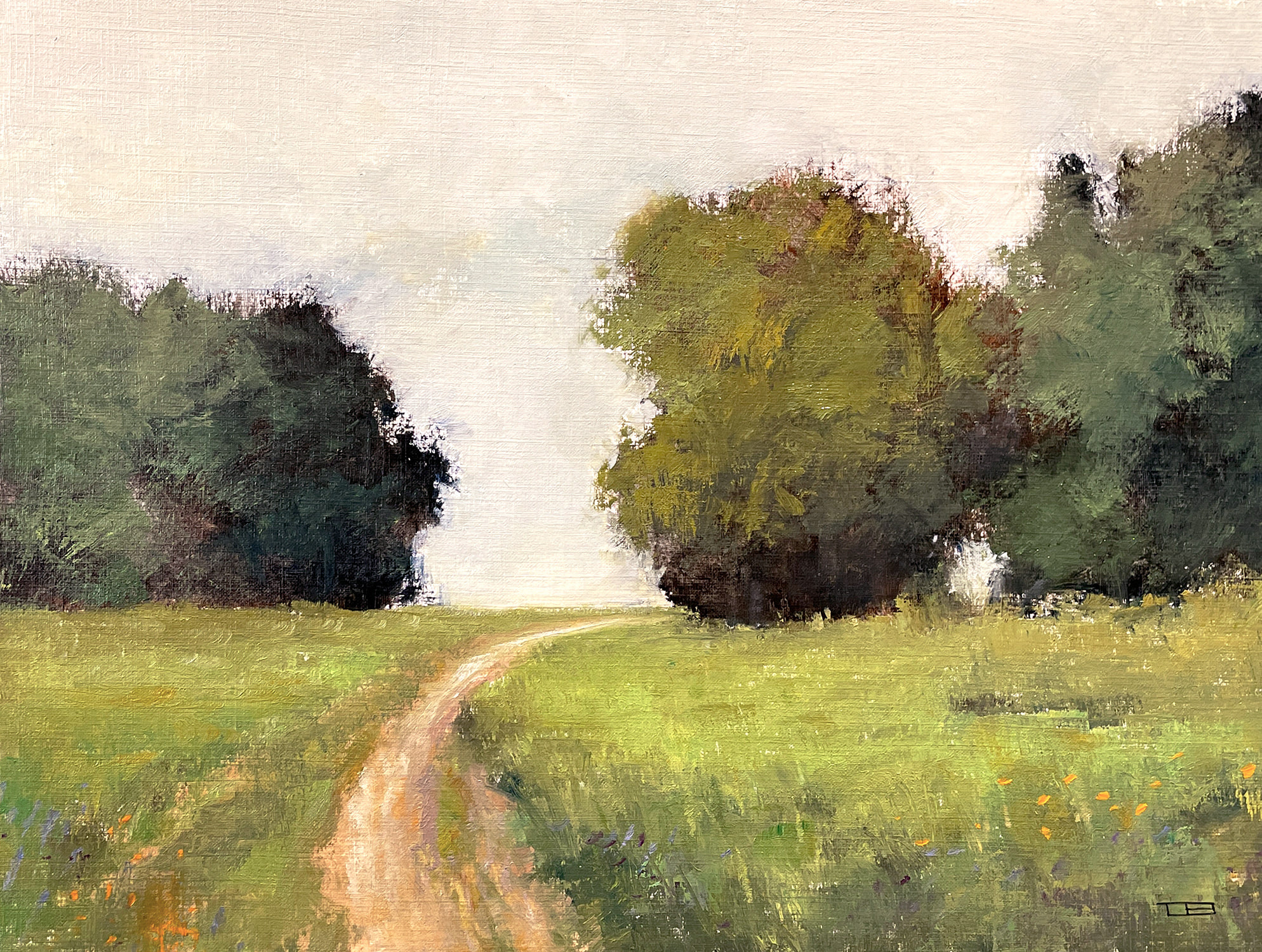Authentic Flower and Everyday Scene Oil Paintings for Sale
Authentic Flower and Everyday Scene Oil Paintings for Sale
Blog Article
Discovering Everything About Oil Paints: A Guide to Comprehending Their Charm and Worth
Oil paintings have actually captivated target markets for centuries, offering a look right into the artistic mastery of various ages. Their abundant background is intertwined with cutting-edge methods and profound emotional expression. Comprehending the products and techniques behind these art work can enhance gratitude. Additionally, the marketplace for oil paints offers possibilities for enthusiasts and capitalists alike. As one explores this interesting world, the inquiry emerges: what makes an oil painting absolutely valuable?
The Background of Oil Painting: A Journey Via Time
Although oil paint has origins that go back to old times, it really flourished during the Renaissance, when artists found its convenience and rich color potential. Early instances can be mapped to the 7th century, with techniques developing especially across societies. The tool came to be popular in Northern Europe in the 15th century, especially with the works of artists like Jan van Eyck, that pioneered its usage for comprehensive realistic look and vibrant shades. This duration marked a separation from tempera paints, allowing for better deepness and texture. As oil paint spread, it affected many musicians, resulting in work of arts by distinguished numbers such as Leonardo da Vinci and Rembrandt. The tool's heritage proceeds, shaping the art world well right into modern times.
Understanding Oil Repaints: Products and Techniques
As musicians check out the globe of oil paints, they run into a varied range of materials and techniques that specify this medium. The primary elements of oil paint include pigments, which give shade, and drying out oils, such as linseed, that bind the pigments and facilitate application. Various additives can change the paint's appearance and drying time, improving flexibility. Strategies like glazing, where clear layers are built up, and impasto, which includes applying thick paint, enable different aesthetic results. Additionally, the usage of brushes, palette blades, and even fingers can produce one-of-a-kind textures and coatings. Comprehending these products and methods allows artists to fully reveal their creative thinking and achieve the wanted impact in their art work.
The Duty of Color in Oil Paints
Color plays a pivotal duty in oil paintings, influencing both visual allure and emotional resonance. Comprehending shade concept fundamentals, including the connections in between colors, can boost a musician's capacity to share mood and atmosphere. Additionally, grasping color blending methods enables higher deepness and richness in a paint's combination.

Shade Concept Basics
Recognizing shade theory is essential for musicians collaborating with oil paints, as it forms the structure for producing aesthetically engaging and harmonious compositions. Color theory encompasses the research of exactly how shades interact, the shade wheel, and the partnerships in between key, second, and tertiary colors. Musicians make use of corresponding colors to enhance contrasts and produce focal points, while analogous shades advertise unity and cohesiveness within an item. Additionally, the ideas of warm and cool colors affect the assumption of deepness and area in a painting. Understanding these principles enables musicians to manipulate shade properly, assisting the visitor's eye and interacting their desired message. Proficiency of shade concept eventually enriches an artist's ability to convey emotions and ideas via their work.
Emotional Impact of Color
The emotional influence of shade in oil paints plays a critical role in just how visitors connect and view with art work. Shades evoke particular feelings and state of minds, influencing the audience's mood. For example, warm colors like reds and oranges can produce a feeling of warmth and power, while great tones such as blues and environment-friendlies commonly evoke peace or introspection. Artists purposefully pick color schemes to enhance narrative components, assisting the target market's psychological journey. The saturation and contrast of colors even more magnify these impacts, attracting interest and creating focus. Inevitably, the interaction of colors in oil paintings not just improves their aesthetic allure but additionally works as an effective medium for psychological expression, enriching the visitor's experience and interpretation.
Shade Combining Techniques
While lots of facets of oil paint add to the overall structure, understanding color blending strategies is important for accomplishing preferred impacts and deepness. Color mixing can be come close to through different techniques, consisting of the subtractive and additive processes. Additive blending entails incorporating colors of light, while subtractive blending counts on pigments, where colors blend to develop brand-new shades. Musicians commonly make use of a limited palette to develop unified jobs, understanding the partnerships in between primary, secondary, and tertiary colors. Techniques such as glazing and scumbling additionally boost deepness and luminance. By masterfully blending colors, an artist can stimulate emotions, develop centerpieces, and accomplish a sense of realism, eventually raising the painting's aesthetic and emotional influence.
Famous Oil Painters and Their Iconic Functions

Famed for their proficiency of shade and technique, oil painters have created some of one of the most well known artworks in background. Distinguished musicians like Vincent van Gogh captivated audiences with his stirring brushwork in "Starry Night," while Claude Monet's "Impact, Daybreak" prepared for Impressionism. Leonardo da Vinci's "Mona Lisa" stays an enduring icon of imaginative brilliant, showcasing his ability in recording human expression. Rembrandt's "The Night Watch" shows his ingenious usage of light and darkness. Other noteworthy figures include Pablo Picasso, who changed modern art with his vibrant testing in jobs like "Les Demoiselles d'Avignon," and Georgia O'Keeffe, whose dynamic representations of landscapes and blossoms helped define American modernism. Each artist's one-of-a-kind style added significantly to the oil painting landscape.
Just how to Examine the Top Quality of an Oil Paint
Evaluating the high quality of an oil paint entails a cautious evaluation of workmanship techniques, in addition to an evaluation of shade and composition. Observing brushwork, layering, and the application of paint can expose the artist's ability degree. Additionally, the interplay of colors and the overall arrangement of aspects add considerably to the paint's aesthetic worth.
Examining Workmanship Methods
A careful analysis of craftsmanship techniques is important for establishing the quality of an oil painting. Critics should initially examine the application of paint; thick, distinctive brushstrokes might recommend a knowledgeable hand, while overly consistent applications might suggest an absence of depth. oil paintings for sale. The layering method is also important; the presence of lusters and varied thickness can improve luminosity and complexity. Additionally, the quality of the materials utilized, such as the canvas and pigments, plays a considerable function in durability and general aesthetic. Attention to information in components like sides and changes between colors mirrors the artist's dedication to their craft. Ultimately, these strategies contribute to the painting's psychological influence and market value, functioning as indicators of the artist's skill and intent
Analyzing Shade and Structure
While examining the quality of an oil paint, one should concentrate on the interaction of color and composition, as these elements are basic to the artwork's general impact. Color selections can evoke emotions and develop mood; as a result, the artist's scheme should be examined for consistency and comparison. A well-balanced composition routes the viewer's eye and creates a feeling of unity. Musicians frequently employ methods like the policy of thirds or leading lines to enhance aesthetic passion. Additionally, making use of light and shadow can add depth, improving the three-dimensionality of the painting. Ultimately, an effective oil painting marries shade and structure, involving the audience and inviting a much deeper appreciation of the artist's vision and strategy.
Caring for and Preserving Oil Paintings
Correct treatment and conservation of oil paintings is crucial for preserving their stability and long life. To protect these artworks, it is essential to present them far from straight sunshine, which can trigger fading and discoloration. Preserving a stable setting with regulated temperature level and humidity more help in preventing damage. Cleansing need to be done carefully utilizing a soft, completely dry fabric, staying clear of any kind of severe chemicals that could harm the paint or varnish. Normal assessments for indicators of damage, such as flaking or splitting, are suggested. When transferring or keeping oil paints, appropriate cushioning and framework are essential to avoid physical harm. Inevitably, persistent treatment adds to the visual charm and worth of oil paintings gradually.
The Market for Oil Paints: Accumulating and Investing
Understanding the market characteristics for oil paints is necessary for financiers and enthusiasts alike. The worth of these artworks is influenced by various variables, including the musician's track record, historical value, and existing patterns. Enthusiasts usually look for pieces that reverberate directly while considering prospective appreciation in value. Auctions and galleries work as main venues for trading, with rates changing based on need and rarity. Investing in oil paints requires research right into the market, as well as an understanding of credibility and provenance. Furthermore, arising artists might supply opportunities for significant returns, while developed names can regulate high rates. Overall, a calculated method to gathering can yield both visual enjoyment and monetary rewards.

Regularly Asked Concerns
What Are the Environmental Influences of Oil Painting Materials?
The environmental impacts of oil painting materials consist of the release of unpredictable organic compounds (VOCs), damaging waste generation, and resource removal for pigments. These aspects contribute to pollution and environmental destruction, increasing worries among eco mindful artists and consumers.
Exactly How Do Various Canvases Impact Oil Painting Results?
Various canvases influence oil painting results substantially. Texture, absorbency, and surface high quality can alter paint application, drying out times, and color vibrancy. Artists frequently choose certain canvases to accomplish preferred impacts and boost their creative expression.
Can Oil Paintings Be Brought Back if Harmed?
If harmed, Oil paints can certainly be restored. Professional conservators make use of various techniques to repair splits, tidy surfaces, and address staining, making sure that the artwork keeps its original appeal and worth for future generations.
What Are the Indicators of an Original Oil Painting?
The indications of an initial oil paint include noticeable brush strokes, appearance variants, and an unequal canvas weave (oil paintings for sale). Furthermore, authenticity may be confirmed through provenance, trademarks, and the visibility of a varnish layer one-of-a-kind to oil mediums
Exactly How Has Technology Influenced Modern Oil Painting Techniques?
Technology has actually significantly affected modern oil paint techniques by presenting electronic tools for preparation, improved products for appearance and long life, and on the internet platforms for sharing and offering art, consequently expanding musicians' imaginative possibilities and target market get to. click here Oil painting has roots that date back to old times, it truly thrived throughout the Renaissance, when musicians uncovered its versatility and rich shade possibility. The psychological impact of color in oil paints plays a crucial duty in how visitors attach and view with art work. While lots of aspects of oil painting contribute to the overall make-up, understanding shade mixing techniques is important for accomplishing preferred effects and deepness. Evaluating the top quality of an oil painting entails a mindful assessment of workmanship techniques, as well as an evaluation of shade and make-up. While assessing the quality of an oil paint, one have to concentrate on the interplay of color and structure, as these aspects are basic to the art work's general effect.
Report this page